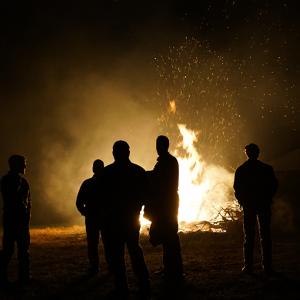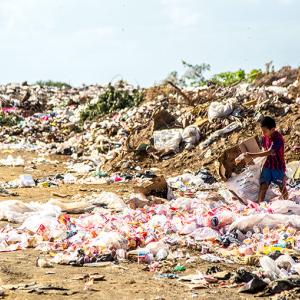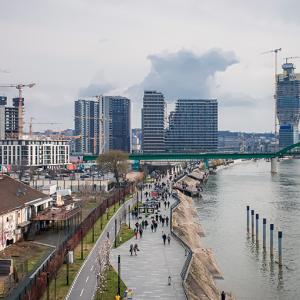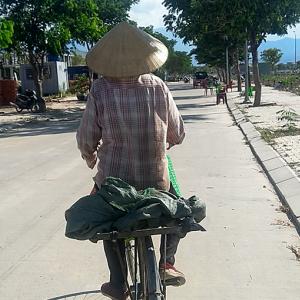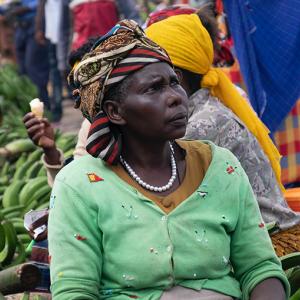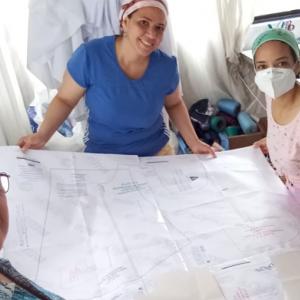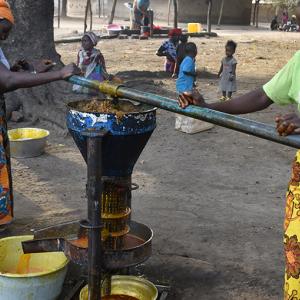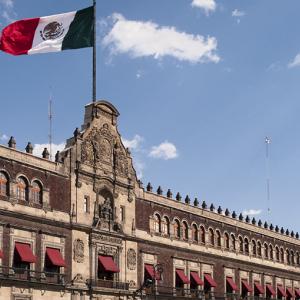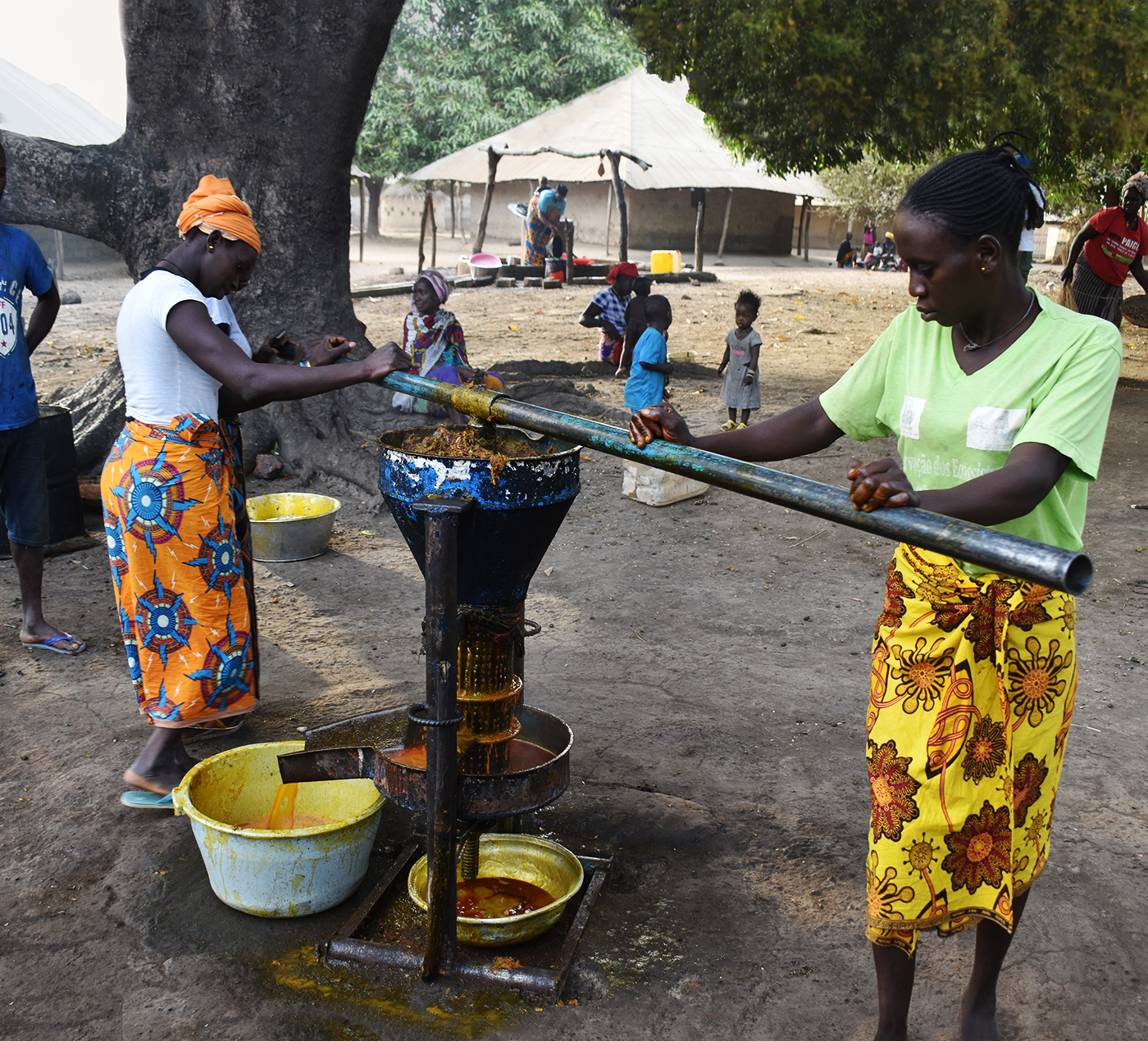What is the problem?
For many years, international development organizations and civil society actors in Guinea-Bissau have struggled to coordinate actions in their efforts to support local communities and strengthen social cohesion. The absence of a dedicated space for this exchange to take place was particularly evident during the early months of the COVID-19 pandemic, where stakeholders struggled to understand local needs and to map existing grassroots efforts to mitigate the impacts of the pandemic.
What did the UNDP and partners do?
The UNDP established the Na Nô Mon platform as a shared resource to help international and local development actors identify unmet needs across the country. It also functions as a coordination tool for more effective response to the pandemic and in the longer term. There are close to 400 individual members, representing around 100 civil society organizations (CSOs) and grassroots associations. The platform provides up-to-date guidance on COVID-19, and allows members to engage in dialogue, though community rooms. Members can also share resources and events related to sustainable and inclusive development.
The UNDP deliberately worked with organizations with ties to underrepresented groups across the nine regions of Guinea-Bissau. For example, the team partnered with the National Network of Youth Associations, RENAJ, to help deliver training on the use of the platform and build engagement with younger people and communities at large. By partnering with the women’s radio in Bafatá they increased the participation of younger women. The platform has also been used as a coordination hub for a small grants scheme that supports grassroots innovations. This has helped grassroots groups, who are otherwise isolated, to connect to a wider community of innovators, while getting more visibility and recognition for their work.
Figure 7
Screenshot of the Na Nô Mon platform
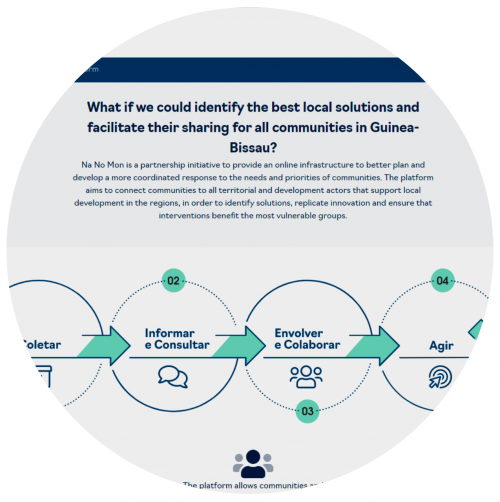
What was the benefit of using collective intelligence for this issue?
In only the first six months, the platform became a community hub and resource center to support civil society action across Guinea-Bissau. Members of Na Nô Mon have mapped COVID-19 response case studies from different parts of the country and these are shared on the Solutions section of the platform to be searchable by others. The platform lists the expertise and interests of members, helping individuals and organizations working in development to establish collaborations with others more easily. In August 2020, the platform was used by 22 CSOs to convene a ‘Civil Society Forum for Consultation’. This series of online and in-person dialogues aimed to create a common agenda and principles for collaboration – both during and beyond the pandemic.
A central town hall (Djumbai) was held in the capital city and groups from other parts of the country contributed to the discussions via the Na Nô Mon platform and Zoom. Using the platform meant that voices from different regions across the country were included in discussions and prioritizing issues. This resulted in the Common Agenda for Peace and Stability in December 2020 – which represented diverse views and had multilateral buy-in. For example, participants from regions outside the capital drew attention to local challenges, such as conflicts arising from limited socio-economic opportunities or the use of rural lands. The Common Agenda for Peace and Stability is now being used by the members to guide their interventions.
What next?
As a result of creating the most complete open repository of COVID-19 response efforts in Guinea Bissau, the team has been praised by the country’s High Commissioner responsible for pandemic responses. As a result, the Commissioner’s office invested US$250,000, through the African Development Bank, for the team to allocate small grants for members and projects identified through the platform. Additionally, the recently launched Accelerator Lab has started working with local NGOs to geo-tag and map community projects throughout the different regions of Guinea-Bissau.
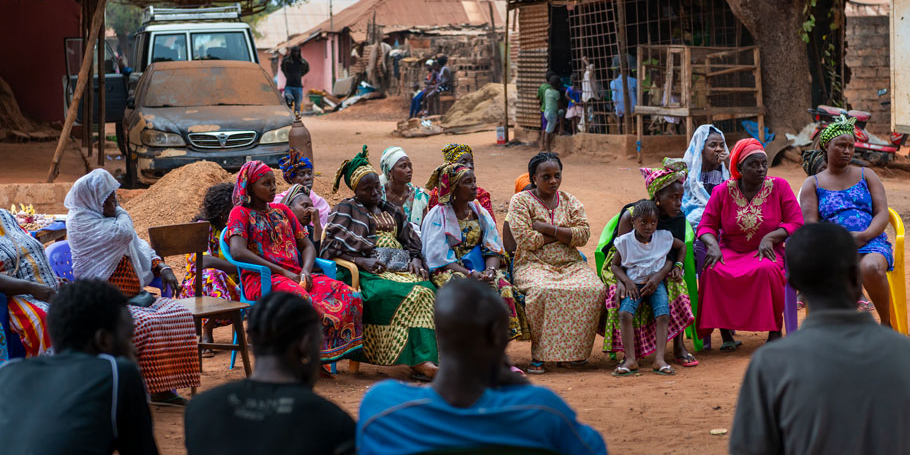
What does this experience tell us about collective intelligence design?
Before creating the platform, the team spent many months building relationships with other international and civil society organizations to establish a common foundation of trust and collective goals. This was vital for understanding the needs of the community and securing buy-in from those who were expected to use the platform. The process highlighted the challenge of introducing collective intelligence approaches without a shared understanding and the capacity to deliver collective intelligence within the local development ecosystem. Committing to a robust training and dissemination program, using a network of 18 community advocates, has helped to address this. Throughout the training sessions, the UNDP also collected feedback about the accessibility of the platform, which has been used to continuously improve the user experience for Na No Man members.

